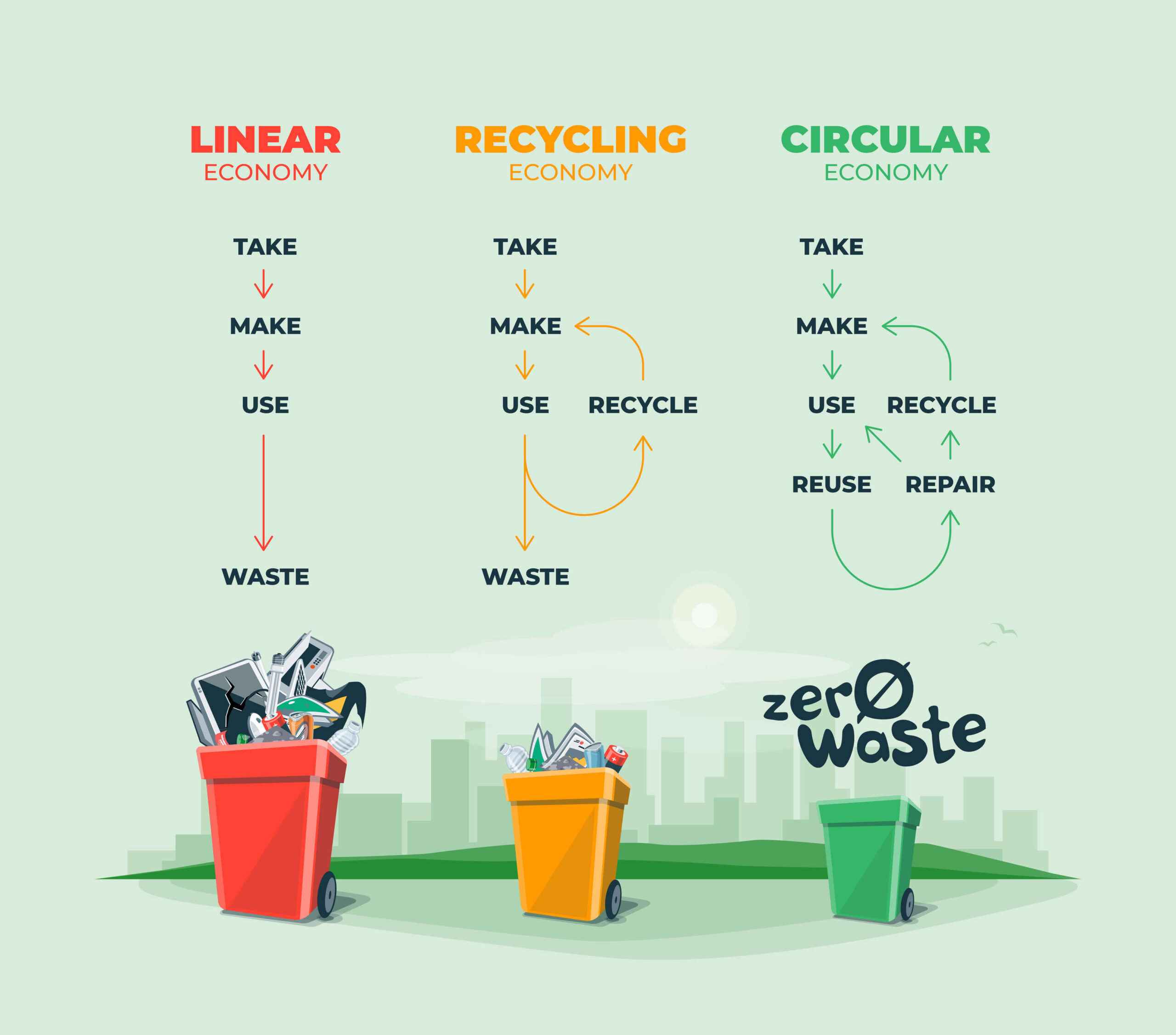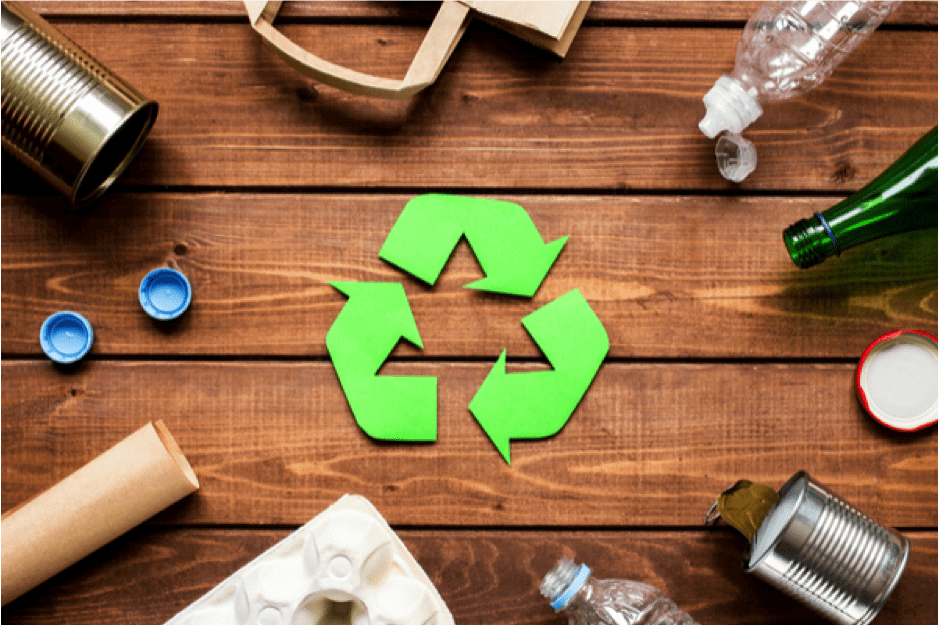Recycling Lives Services: Changing Waste into Belongings Resources
Recycling Lives Services: Changing Waste into Belongings Resources
Blog Article
Exploring Different Kinds Of Waste in Modern Waste Monitoring Solution
The modern landscape of waste management involves navigating an intricate range of waste kinds, each calling for specialized handling and disposal approaches to minimize ecological impacts. Community solid waste, hazardous waste, electronic waste, and organic waste each present distinct challenges and possibilities for source recuperation. Cutting-edge remedies such as smart waste containers and waste-to-energy modern technologies are becoming critical devices in enhancing effectiveness and sustainability. Comprehending these waste types is important for fostering public understanding and motivating active participation in sustainable methods. What strategies can successfully attend to these different sorts of waste while promoting a circular economy?
Municipal Solid Waste
Metropolitan solid waste, typically referred to as household trash or garbage, incorporates a selection of discarded materials generated by household, industrial, and institutional resources within a community. This waste stream normally consists of products such as packaging, food scraps, lawn trimmings, paper, plastics, textiles, and discarded house items. The monitoring of local solid waste is a critical element of city planning and public health, demanding effective collection, transportation, and disposal systems.
Efficient waste management systems are made to reduce ecological impact while optimizing resource recuperation. This typically entails a combination of methods consisting of landfilling, composting, and recycling. Reusing programs target materials like paper, glass, metals, and certain plastics, diverting them from landfills and reintroducing them into the production cycle. Composting natural waste, such as food scraps and lawn trimmings, not just minimizes landfill usage yet also produces useful dirt amendments.
Towns have to also deal with the economic and logistical difficulties connected with waste monitoring. Applying pay-as-you-throw systems, boosting public recognition, and buying innovation can considerably enhance waste diversion rates. By integrating these practices, districts can foster sustainable areas, lower greenhouse gas exhausts, and save natural sources.
Hazardous Waste

Reliable contaminated materials monitoring includes numerous critical actions: recognition, partition, therapy, and disposal. Identification involves the category of waste based upon its hazardous residential or commercial properties. Segregation makes sure that hazardous materials are stored independently from non-hazardous waste to stop cross-contamination. Treatment techniques, such as chemical neutralization, incineration, and stablizing, are employed to minimize the poisoning, quantity, or mobility of the waste. Lastly, disposal options, including safe garbage dumps and below ground storage space, are chosen to make certain long-term containment.
Regulatory structures, such as the Source Conservation and Recuperation Act (RCRA) in the USA, offer guidelines and criteria for contaminated materials administration. Adherence to these laws, paired with improvements in waste therapy modern technologies, is crucial in mitigating the risks connected with contaminated materials.
Digital Waste
Electronic waste, typically referred to as e-waste, represents a swiftly growing obstacle in waste administration systems around the world. This kind of waste includes thrown out electronic tools and devices such as smart devices, computer systems, televisions, and various other electronic home appliances. The fast pace of technical improvement, coupled with lowering product lifespans and customer demand for the current devices, has actually greatly boosted the quantity of e-waste produced each year.
E-waste is specifically problematic due to its complicated composition, often consisting of harmful substances like lead, cadmium, and mercury, which present significant environmental and health threats otherwise correctly handled. Alternatively, e-waste likewise contains important materials such as copper, silver, and gold, which can be recouped and recycled. The dual nature of e-waste-- both valuable and dangerous-- necessitates specialized handling, recycling, and disposal processes.
Efficient e-waste administration includes rigorous regulative frameworks, robust collection systems, and progressed reusing technologies. Public understanding and involvement are critical, as improper disposal practices, such as prohibited unloading and casual recycling, intensify environmental contamination and carcinogen. Improving e-waste administration methods is crucial for minimizing eco-friendly effect and recuperating important resources in a progressively digital world.
.jpg)
Organic Waste
Organic waste, making up kitchen area scraps, yard trimmings, and agricultural deposits, represents a substantial part of the global waste stream. This kind of waste is biodegradable, suggesting it can be broken down by bacteria into simpler organic substances. Despite its capacity for natural pop over to this site disintegration, improper administration of natural waste can cause adverse ecological impacts, including the exhaust of greenhouse gases content such as methane, which contribute to climate modification.
Reliable management of organic waste is important for minimizing these environmental effects (recycling lives services). Composting is an extensively adopted approach, transforming organic waste right into nutrient-rich garden compost that can enhance soil health and agricultural efficiency. Furthermore, anaerobic food digestion is an arising innovation that transforms natural waste right into biogas, a renewable resource source, and digestate, which can be made use of as fertilizer
Municipalities and waste management entities must implement robust natural waste collection and therapy programs to maximize the advantages of these procedures. Public education projects can additionally play a pivotal role in encouraging households and companies to different organic waste from various other kinds of waste. By focusing on the management of natural waste, cultures can lower land fill usage, lower greenhouse gas discharges, and produce useful by-products for agricultural use.

Innovative Waste Monitoring
In the realm of waste management, innovative approaches are changing exactly how societies manage their refuse, intending for sustainability and effectiveness. One famous technology is the execution of wise waste bins equipped with sensing units that keep track of fill levels and optimize collection courses.
An additional significant growth is the adoption of waste-to-energy (WtE) modern technologies. By transforming non-recyclable waste into useful energy through processes such as incineration and anaerobic food digestion, WtE minimizes landfill worry and supplies a renewable resource source. Developments in chemical reusing enable for the breakdown of complicated plastics into their initial monomers, enabling the production of new, high-grade plastic products.
In addition, the circular economic situation design is obtaining traction, emphasizing the layout of products and systems that prioritize reusability and source efficiency. This alternative approach urges industries to reduce waste generation from the start. Via these cutting-edge methods, modern-day waste management systems are not only addressing the instant difficulties of garbage disposal but likewise leading the means for a more lasting future.
Final Thought
A thorough understanding of municipal solid waste, contaminated materials, digital waste, and organic waste, paired with the implementation of innovative waste administration options, is crucial for alleviating environmental impacts. Integrating innovations such as clever waste containers and waste-to-energy systems can improve efficiency and sustainability. Effective waste management techniques not only foster resource healing yet additionally advertise public recognition and engagement, inevitably adding to the growth of a round economic situation.
The modern landscape of waste monitoring includes navigating a complicated variety of waste types, each needing specialized handling and disposal methods to reduce ecological impacts. Municipal strong waste, hazardous waste, digital waste, and natural waste each present distinct obstacles and possibilities for source healing.Electronic waste, commonly view publisher site referred to as e-waste, represents a rapidly growing obstacle in waste monitoring systems around the world. Through these ingenious strategies, modern-day waste monitoring systems are not only dealing with the prompt obstacles of waste disposal yet likewise leading the method for a more sustainable future.
A thorough understanding of metropolitan solid waste, hazardous waste, digital waste, and organic waste, paired with the implementation of cutting-edge waste management services, is critical for mitigating environmental impacts. (recycling lives services)
Report this page